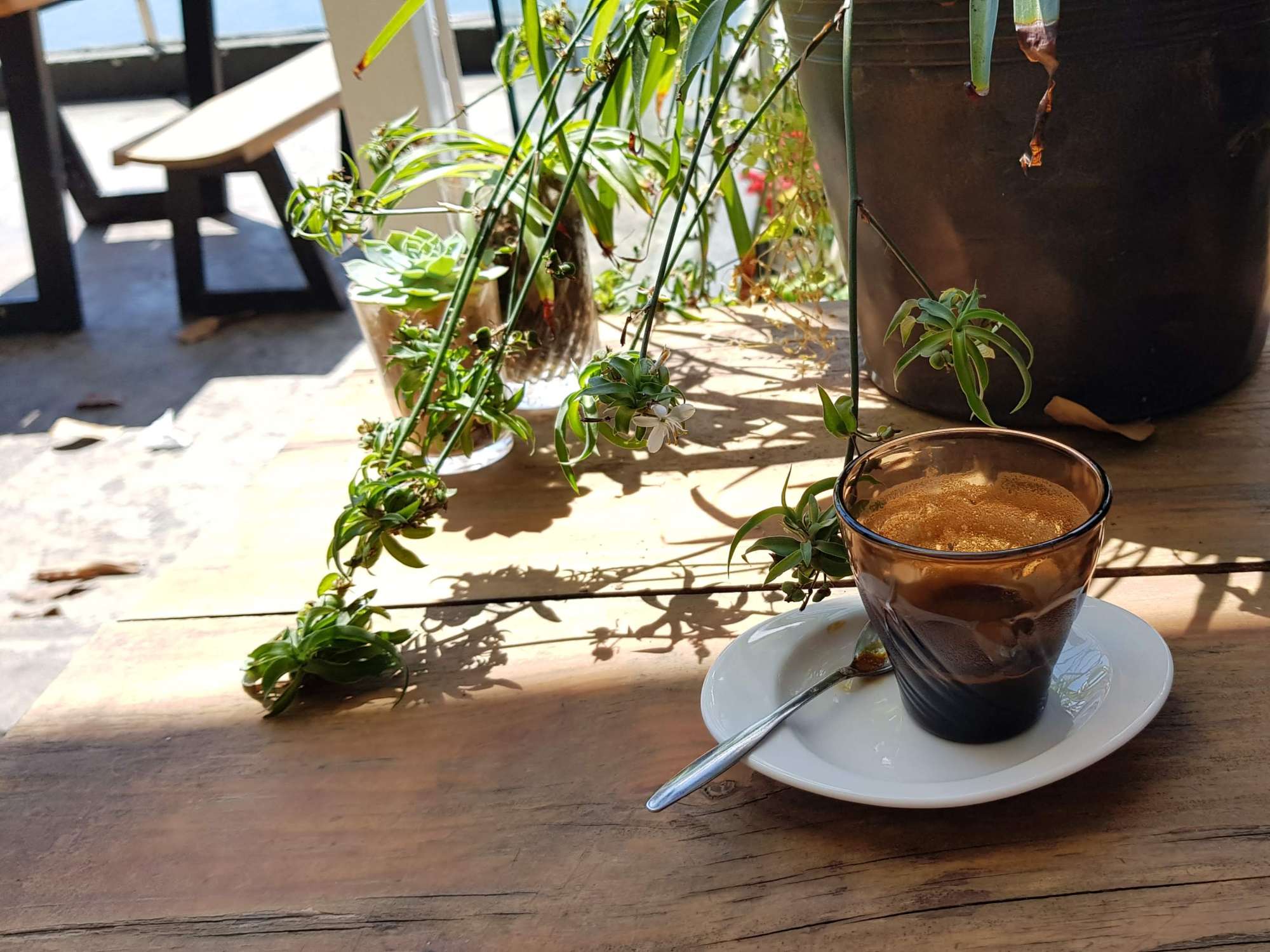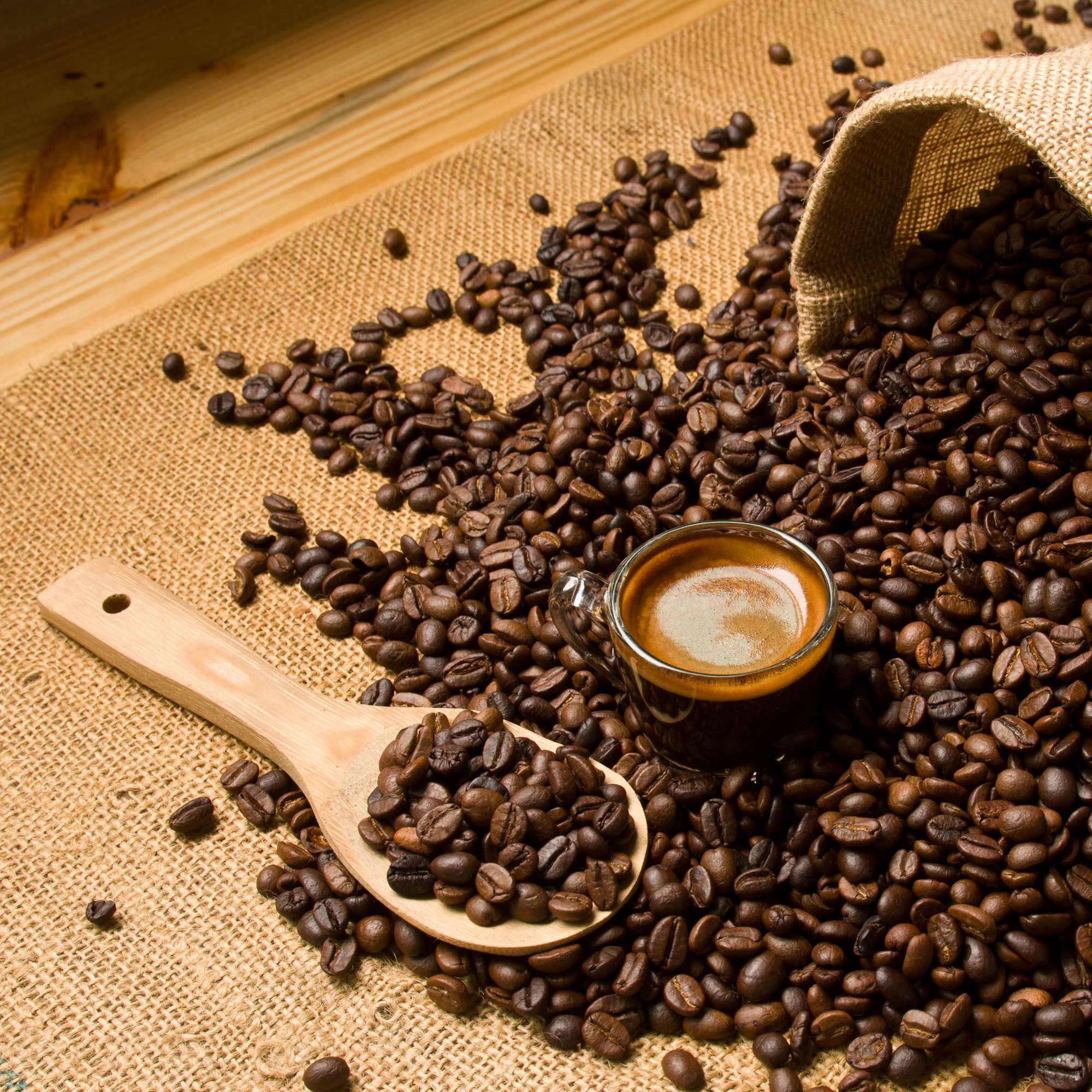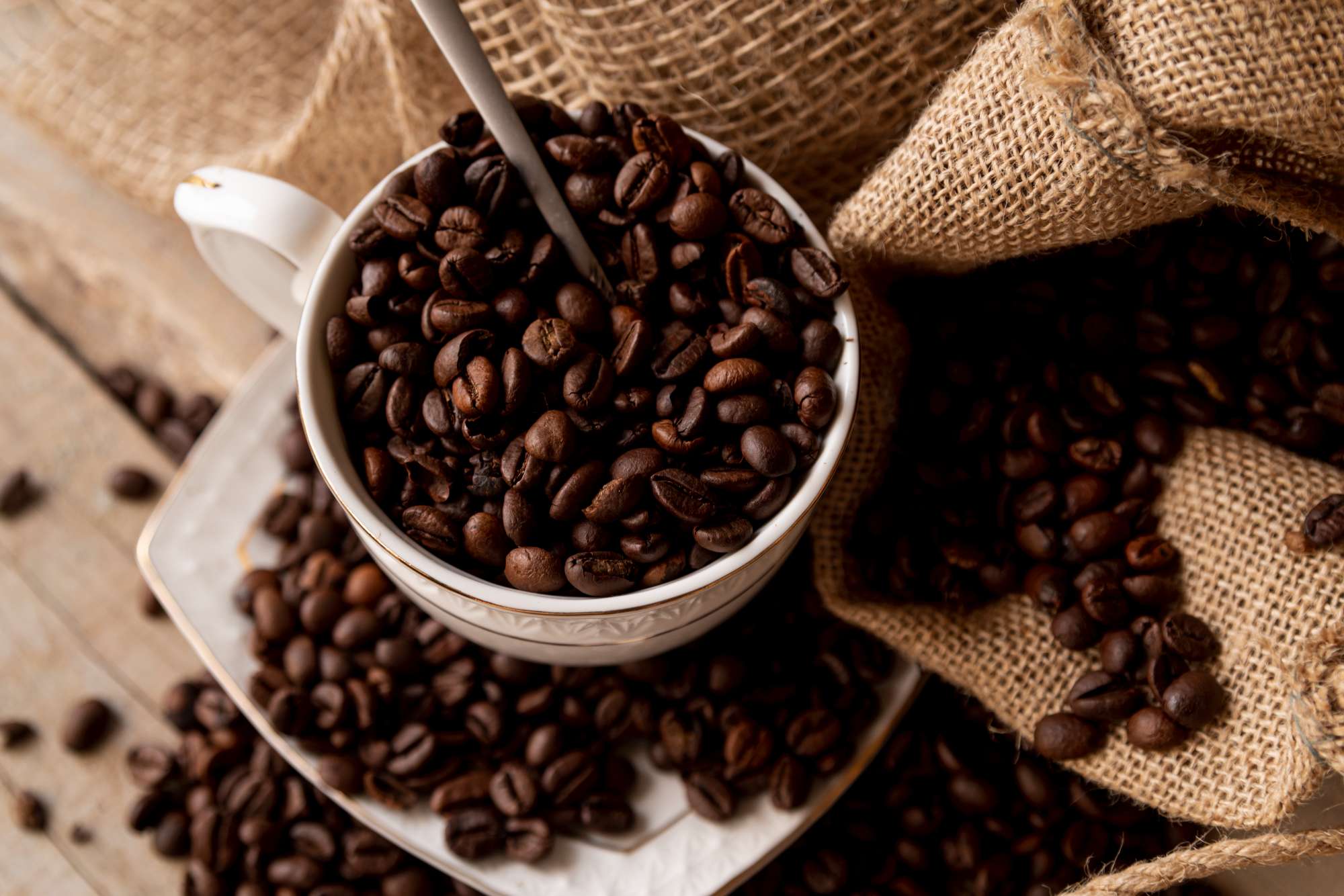Why say coffee can help you lose weight?
Why say coffee can help you lose weight ?
There are plenty of other great reasons to drink coffee, including the fact that coffee is one of the single largest sources of antioxidants in the Western diet.
Many biologically active substances found in coffee beans find their way into the final drink. Several of them can affect metabolism:
- Caffeine: The main stimulant in coffee.
- Theobromine: The main stimulant in cocoa; also found in smaller amounts in coffee.
- Theophylline: Another stimulant found in both cocoa and coffee.
- Chlorogenic acid: One of the main biologically active compounds in coffee; may help slow the absorption of carbs.
One of these is caffeine, which is very potent and has been studied thoroughly. Caffeine works by blocking an inhibitory neurotransmitter called adenosine.
By blocking adenosine, caffeine increases the firing of neurons and release of neurotransmitters like dopamine and norepinephrine. This, in turn, makes you feel more energized and awake.

COFFEE CAN HELP MOBILIZE FAT FROM FAT TISSUE
Caffeine stimulates the nervous system, which sends direct signals to the fat cells, telling them to break down fat. It does this by increasing blood levels of the hormone epinephrine. Epinephrine, also known as adrenaline, travels through blood to the fat tissues, signaling them to break down fats and release them into blood.
Of course, releasing fatty acids into blood does not help you lose fat unless you are burning more calories than you consume through your diet. This condition is known as a negative energy balance. You can reach a negative energy balance by either eating less or exercising more. Another complementary strategy is to take fat-burning supplements such as caffeine.

COFFEE IS ALSO HELP YOUR METABOLIC INCREASE
The rate at which you burn calories at rest is called resting metabolic rate (RMR). The higher your metabolic rate, the easier it is for you to lose weight and the more you can eat without gaining weight.
Studies show that caffeine can increase RMR by 3–11%, with larger doses having a greater effect. Interestingly, most of the increase in metabolism is caused by an increase in fat burning.
Unfortunately, the effect is less pronounced in those who are obese. One study showed that caffeine increased fat burning by as much as 29% in lean people, while the increase was only about 10% in obese individuals.
If you are an addict of coffee, should know that, in the short term, caffeine can boost the metabolic rate and increase fat burning, but after a while people become tolerant to the effects and it stops working. But even if coffee doesn’t make you expend more calories in the long term, there is still a possibility that it blunts appetite and helps you eat less.
If you’re primarily interested in coffee for the sake of fat loss, it may be best to cycle your coffee drinking habits to prevent a buildup of tolerance. Perhaps cycles of two weeks on, two weeks off is best.
Of course, there are plenty of other great reasons to drink coffee, including the fact that coffee is one of the single largest sources of antioxidants in the Western diet.
Compiled and penned by Crocus Media
Products

Robusta mix with Arabica
The coffee which blends according to the ratio of 50 Robusta : 50 Arabica, is the perfect combination between the mild sourness, mild bitterness of Arabica and the characteristic bitter, fatty taste of Robusta. The aroma of Arabica when combined with the richness of Robusta will create a great flavor that captivates people.

Robusta coffee
Robusta coffee has its origins in the central and western sub-Saharan Africa. It is the second most popular coffee in the world representing between 40% and 45% of global coffee production. Robusta coffee has a bitter flavor of dark chocolate, almonds and whiskey with a peanutty aftertaste.

Arabica coffee
Arabica, which originates from the forests of Southern Ethiopia and Yemen, is by far the most popular coffee in the world with the total output accounting for more than 60%. Arabica beans have different flavors depending on the region, it can be sweet with a fruity flavor but can also have a grainy or nutty flavor.

